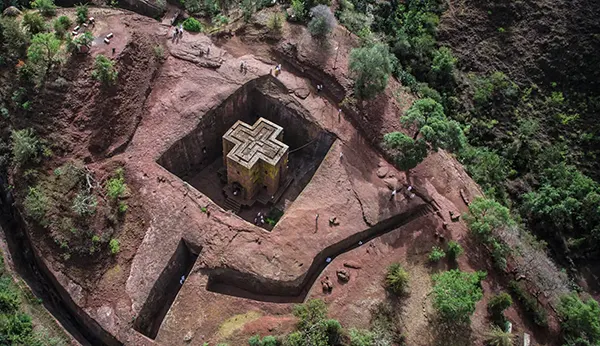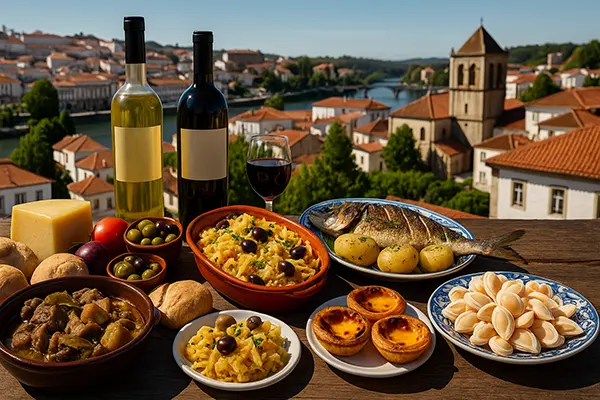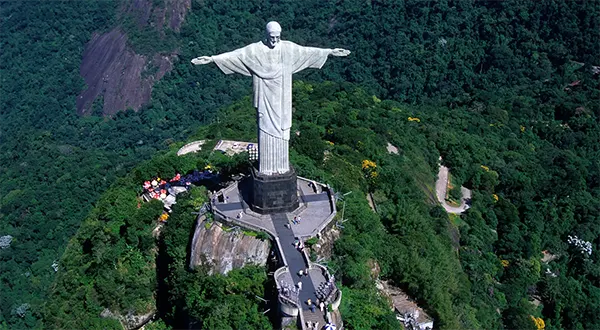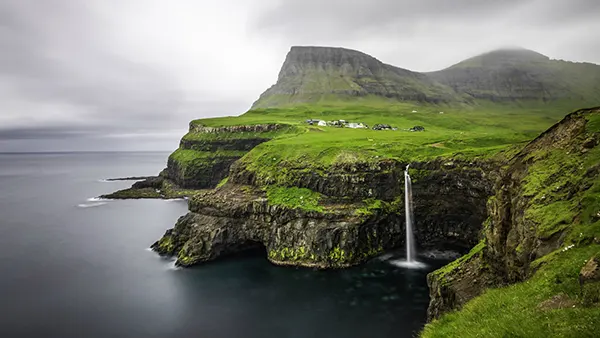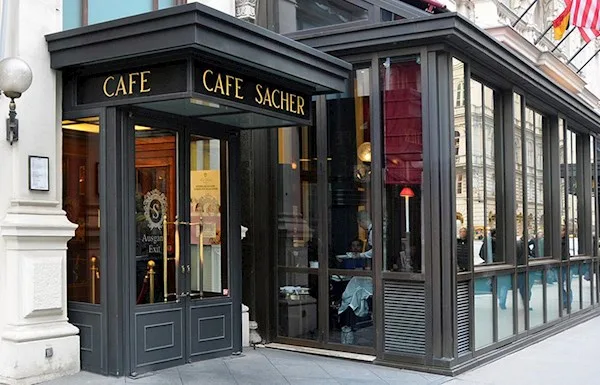
Historical Cafés of Vienna: Where European Culture Was Born
Vienna, the capital of Austria, is not just a city of imperial history and architecture but also a cradle of European culture. Among its many treasures, Vienna’s historic cafés stand out as places where intellectuals, artists, and thinkers have gathered for centuries. These cafés are more than just venues for enjoying coffee; they are cultural landmarks where ideas were exchanged, masterpieces were born, and European traditions were shaped.
The Origins of Viennese Cafés
The story of Viennese cafés dates back to the late 17th century, following the Siege of Vienna in 1683. Legend has it that sacks of coffee beans left behind by the retreating Ottoman army were the catalyst for a new tradition. Soon after, the first coffee houses began to appear, offering a unique social experience that quickly became an integral part of Viennese life.
By the 18th century, these establishments were frequented by people from all walks of life. They were places where merchants negotiated deals, writers penned manuscripts, and ordinary citizens exchanged news. The culture of lingering in cafés, enjoying coffee and conversation, became deeply embedded in Viennese society.
The Cultural Role of Cafés
In the 19th and early 20th centuries, Vienna’s cafés became hubs for the intellectual and artistic elite. Writers such as Stefan Zweig and Arthur Schnitzler, philosophers like Sigmund Freud, and composers including Gustav Mahler made these cafés their second homes. These spaces were not only venues for enjoyment but also laboratories of thought, where ideas flourished, and cultural movements took shape.
One iconic example is Café Central, a meeting place for revolutionary thinkers such as Leon Trotsky and influential authors like Peter Altenberg. These cafés were often referred to as the “drawing rooms of Europe,” highlighting their role in shaping the cultural and intellectual landscape of the continent.
Famous Historical Cafés in Vienna
Vienna is home to numerous historic cafés, each with its own story and charm. These establishments are more than just coffee shops; they are institutions that have preserved their unique ambiance for centuries.

Café Central
Opened in 1876, Café Central is one of the most famous coffee houses in Vienna. Its neo-Renaissance interior, complete with high vaulted ceilings and elegant furnishings, offers a glimpse into the city’s imperial past. Café Central attracted a diverse clientele, including political figures, artists, and intellectuals. Today, it remains a must-visit destination for anyone exploring the cultural heritage of Vienna.
Another gem is Café Landtmann, established in 1873, which has hosted notable figures like Sigmund Freud and Marlene Dietrich. Its timeless elegance and exceptional service continue to draw locals and tourists alike.
Other Notable Cafés
Café Sacher, famous for its Sachertorte, a chocolate cake with apricot jam, and Café Sperl, known for its historic charm and traditional Viennese menu, are also worth exploring. Each of these cafés offers a unique experience, combining history, culinary excellence, and a deep sense of tradition.
Modern-Day Viennese Cafés
While the historical charm of Viennese cafés remains intact, these establishments have also adapted to the needs of modern visitors. Today, they serve as vibrant meeting points for locals and tourists, offering a blend of traditional and contemporary experiences.
Many cafés still serve classic Viennese specialties such as apple strudel, Kaiserschmarrn, and, of course, expertly brewed coffee. The tradition of reading newspapers provided on wooden holders continues, adding to the leisurely atmosphere that defines Viennese café culture.
Cultural Legacy and UNESCO Recognition
The cultural significance of Viennese cafés was officially recognized when they were included in UNESCO’s Intangible Cultural Heritage list. This acknowledgment highlights their role in preserving a unique social and cultural practice that has been passed down through generations.
For visitors, stepping into a Viennese café is more than just a culinary experience; it is a journey through time, offering a window into the history and culture of Vienna. These cafés continue to be spaces where creativity thrives, and tradition lives on.

